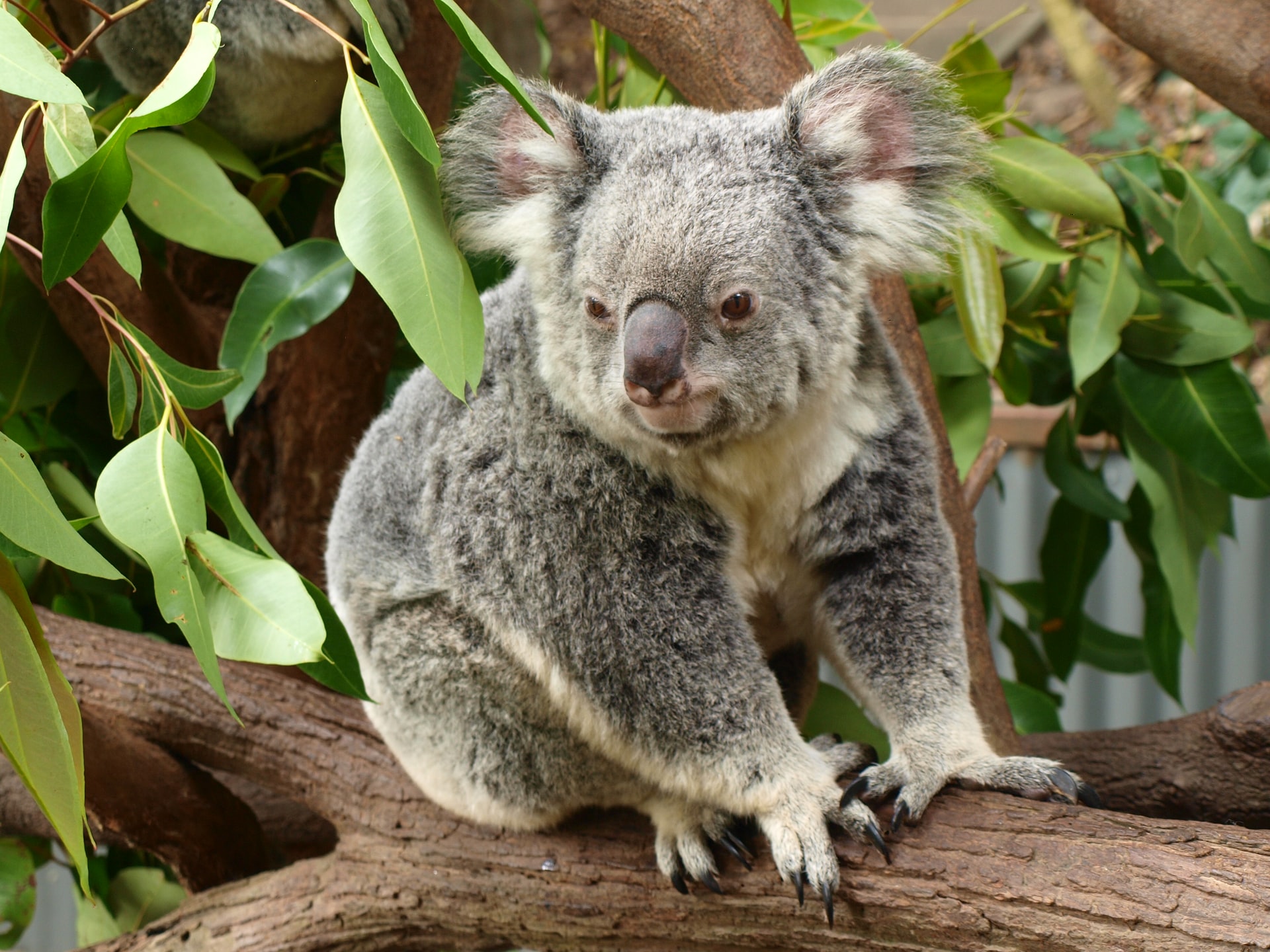
Photo by Christine Ellsay on Unsplash
Australia is one of the countries with very diverse wildlife. If you're looking to explore wild species such as crocodiles, wombats, wallabies or maybe manta rays, the Land Down Under is the perfect destination. Australia offers a full spectrum of intriguing wildlife that will make your trip beyond exhilarating. We have put together a list of species that you need to see in Australia, once you decide to discover all the wonders of their wildlife.
Manta rays in Lady Elliot Island
All year round, Lady Elliot Island, aka Home of the Manta Ray, offers you an unforgettable experience of spotting manta rays. Visiting the coral cay of the Great Barrier Reef where Lady Elliot Island is located is like killing two birds with one stone – checking out the world's largest coral reef system and encountering manta rays. To be able to see the manta rays well, book your trip in May or June because that's when the waters around Lady Elliot Island are perfectly clear. Have you ever dived or snorkelled before? Getting close to manta rays is best when you dive in and spend time underwater, rather than watching them from a glass boat. Use the opportunity to marvel at many other marine species such as sea turtles and reef sharks.
Wild koalas in Raymond Island
When you come to Australia, a koala is a must-see. In the Gippsland region, you will find Raymond Island inhabited by 250 wild koalas. No matter where you head to when on the island, you can spot a koala hanging out on a tree. However, you can see much more than just koalas on Raymond Island. Get ready to see possums, wombats, echidnas, and even kangaroos. Considering it’s not a massive island, you can explore Raymond Island on a bike or on foot.
Seals in Montague Island
How does a wildlife tour sound? A whole day of exploring with someone who can tell you all about fur seals, dolphins and whales? Use the opportunity to spot seals and learn all about them when you book Montague Island tours and spot all the majestic species in their natural habitat. Check out fur seal colonies between September and November when they’re most active and present in that region. If you're super lucky, you might get a chance to spot dolphins and whales. Go on a fishing tour or snorkel down deep for an unforgettable day with seals.
Go to Tasmania to see wombats
National parks feature an array of precious wildlife, and Maria Island National Park in Tasmania is no different. Want to see wild wombats at their best? Head to Tasmania and spot the world’s largest burrowing mammal. Feel free to approach them and take iconic photos because they’re not afraid of people. Be careful not to pick the wombats or come too close to them if they have babies. They will potentially start walking away from you, in which case you're not to chase them because you will be breaking the rules of the National Park.
Ningaloo Reef hides whale sharks
Ningaloo Reef will be the place where many people's dreams come true, allowing you to swim with whale sharks. Visit the region between April and July when whale sharks swim close to the reef, looking for more food. Considering whale sharks feed on planktons, humans are in no danger when they swim near the reef. Book a full-day whale shark tour for an adventure of a lifetime. Don’t touch the sea creatures you encounter during your dive, or you’ll risk scaring them and damaging their skin! In case you visit the Ningaloo Reef after July and before November, you might have a chance to spot sea turtles, dolphins, manta rays and humpback whales.
Final thoughts
When you decide to spend time exploring the wildlife, Australia should be on the list of countries you go to first. From sea creatures to gorgeous species that live on dry land, you can have a trip of a lifetime hanging out with wombats, koalas, sea turtles or manta rays. Australia offers so much more than soaking up the sun at the beach and surfing. Explore its wonders and use the opportunity to encounter some of the world’s most precious wildlife.
Written by Marie Nieves
About the Author
Marie Nieves is a student and lifestyle blogger who loves unusual trips, gadgets and creative ideas. She is an avid lover of photography interested in interior and exterior design and a regular author for several blogs. You can find Marie on Facebook or follow her on Twitter and Pinterest.
You may also like
Incredible Wildlife to Discover in New South Wales
Ecotourism in Europe: What You Should Know and Where You Could Go
5 Essentials for a Sustainable Camping Trip
5 Tips on How to Travel and Still Be Eco-Friendly
